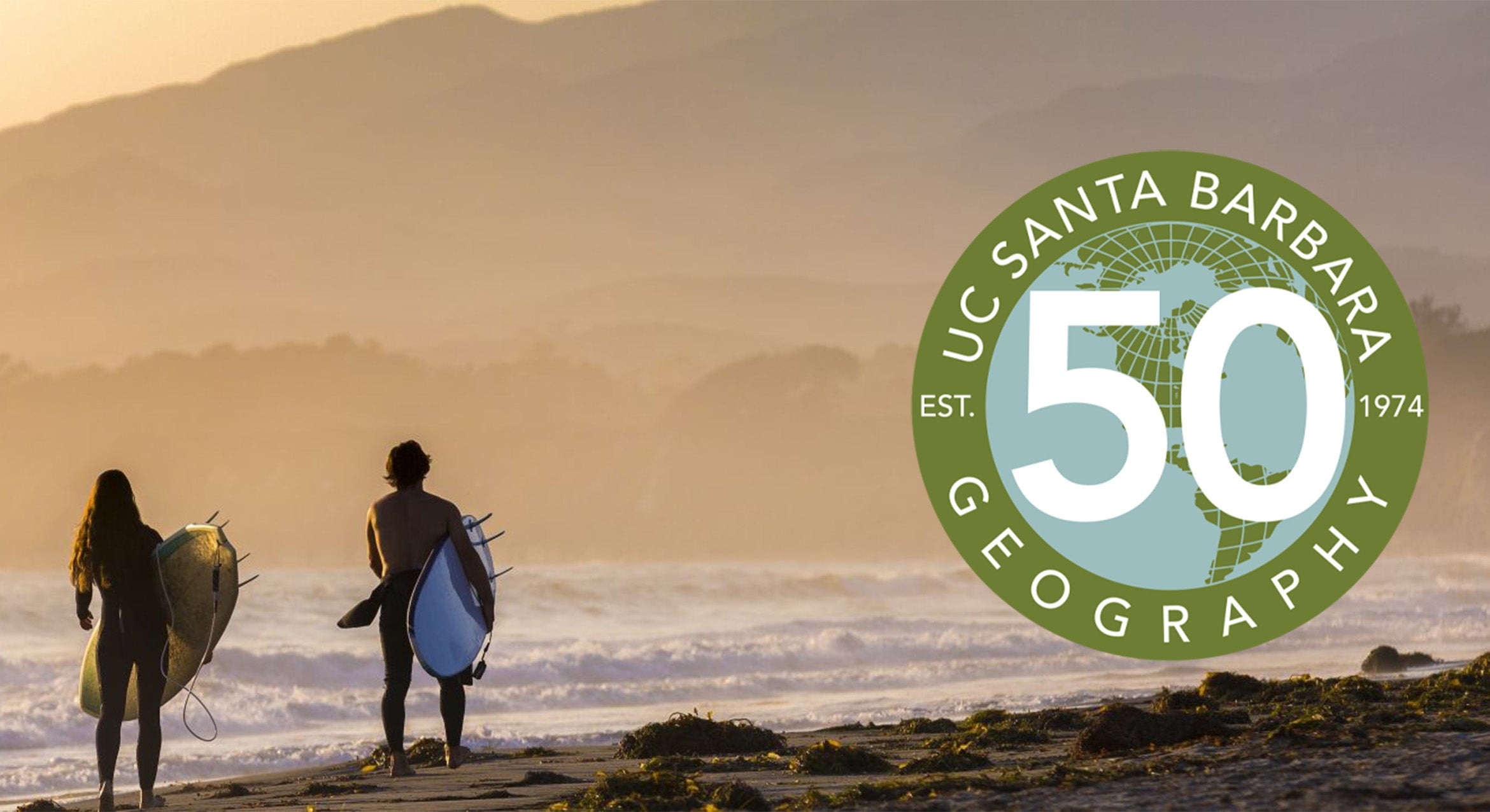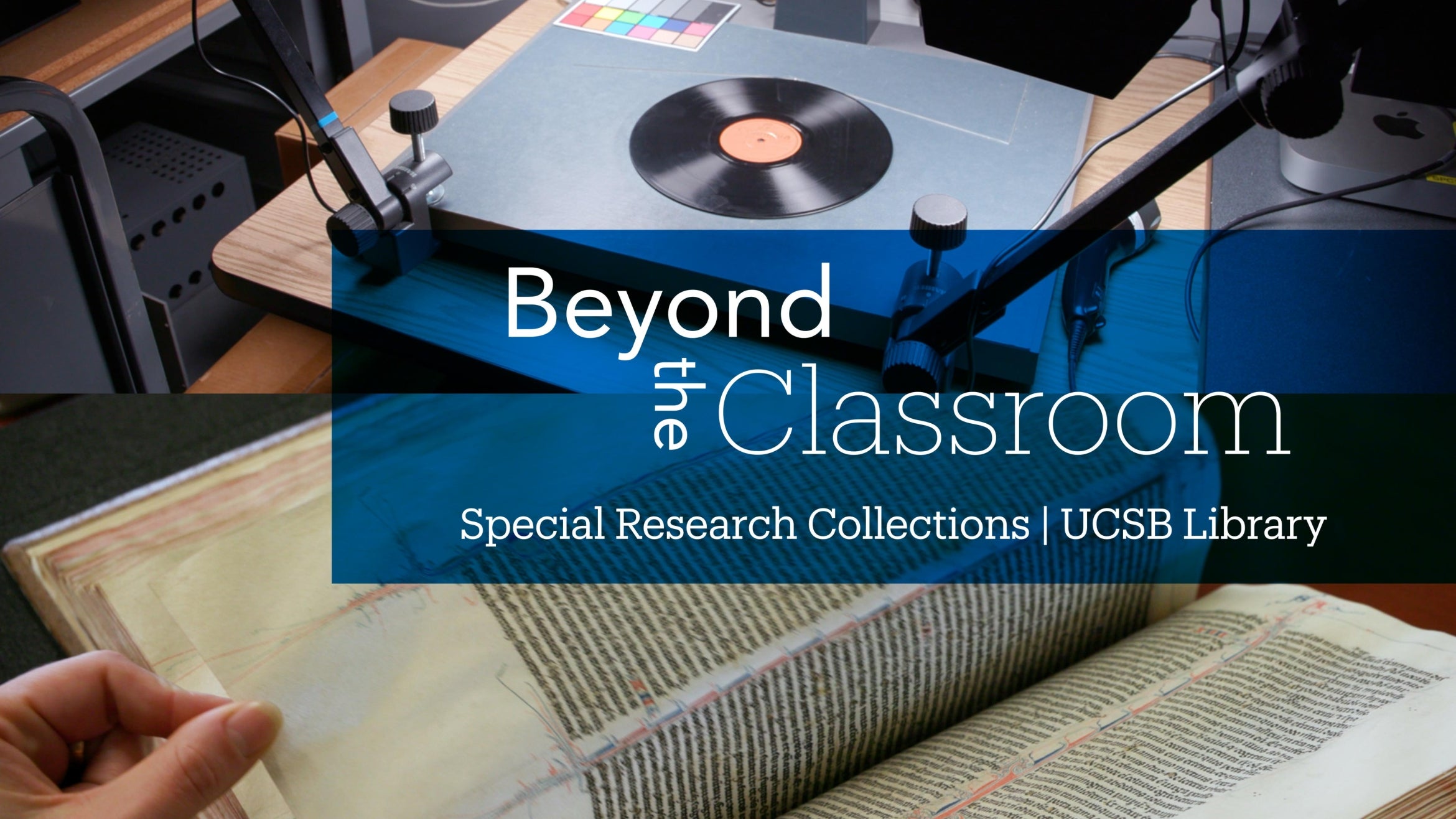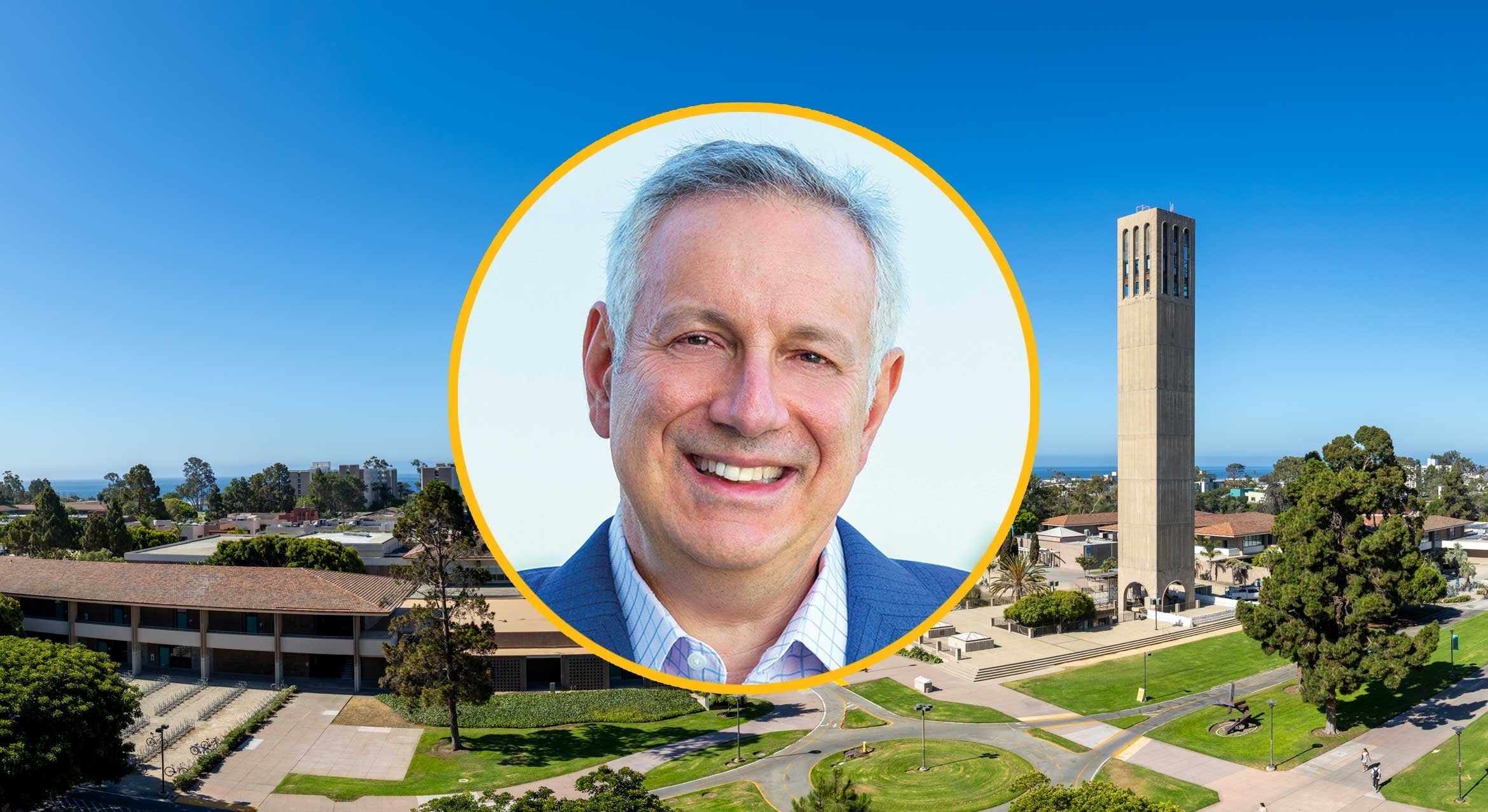
UC Santa Barbara’s Department of Geography celebrated its 50th anniversary this year. The department got its start in 1963 as a program in the College of Letters and Science. The major was launched in February 1966, and its first degree was granted that June. But the discipline was languishing by 1973, when Bruce Rickborn became associate dean of letters and science. Rickborn conducted a survey of geography departments around the country, which painted a dim prognosis.
Sensing greater potential, Rickborn thought they could “build something based on remote sensing,” a methodology still in its infancy at the time. A search committee brought on David Simonett to chair the fledgling department, and alongside Professor Jack Estes, the two began filling in the faculty. “Simonett’s strategy for building a department was to carve out portions of geography, both human and physical, that were connected by the common use of measurement and analysis,” states an account of the department’s founding.
“People often think geography is about naming rivers and city capitals. But the discipline of geography is about understanding Earth and human systems, and the interaction between people and place,” said current department chair Trisalyn Nelson. As a society challenged to respond to climate change, the geographic approach to problem solving has broad application and relevance.
The department has established itself as a leader in geographic information science (GIS). Early on, UCSB strategically invested in GIS researchers, projects and centers. Faculty including Emeritus Distinguished Professor Michael Goodchild worked to develop the technology into a fully-fledged scientific discipline, and GIS geographic information science is now integrated into research across campus.
The department today is also home to the Climate Hazards Center, which leverages remote sensing and modeling to predict and monitor droughts and food shortages around the world. Through partnerships with government agencies and NGOs, the center provides early warning to save lives and secure livelihoods. And given UC Santa Barbara’s unique location along the coast, the geography department has also developed a robust ocean science program, encompassing physical oceanography, spatial ecology and biogeochemical cycles.
To honor its history and its legacy, with an eye toward its bright future, the department held a weekend of engaging talks and social events in celebration of its 50th anniversary. The event included a keynote speech by alumna Dawn Wright, chief scientist of GIS software company Esri, who made history as the first Black person to explore Challenger Deep. Following her talk, the premier geographic information system (GIS) software company. One lucky attendee won a surfboard, and everyone enjoyed student poster presentations, live music and great food. Friday concluded with a reception at The Club, where Chancellor Henry T. Yang presented Wright with a Distinguished Alumni Award.
Over 200 people attended the festivities, which included faculty and alumni panels. “It was great to see so many alumni connecting with students from their time at UCSB and networking with our current cohort of students,” said Nelson.
Harrison Tasoff
Science Writer
(805) 893-7220
harrisontasoff@ucsb.edu



